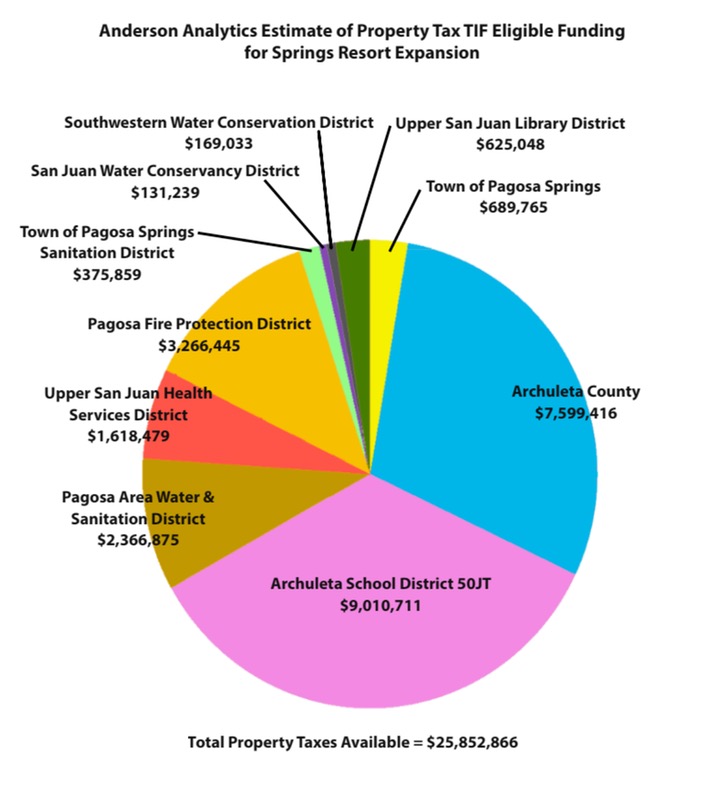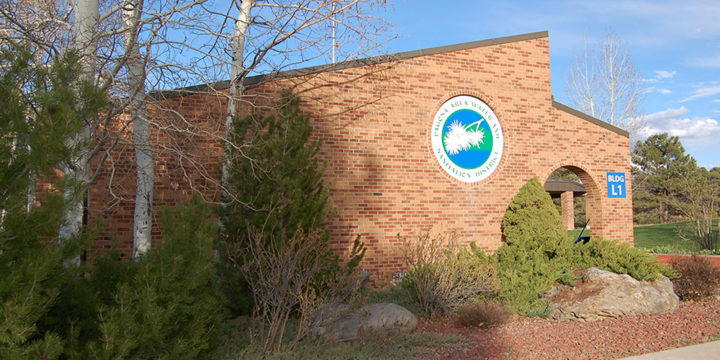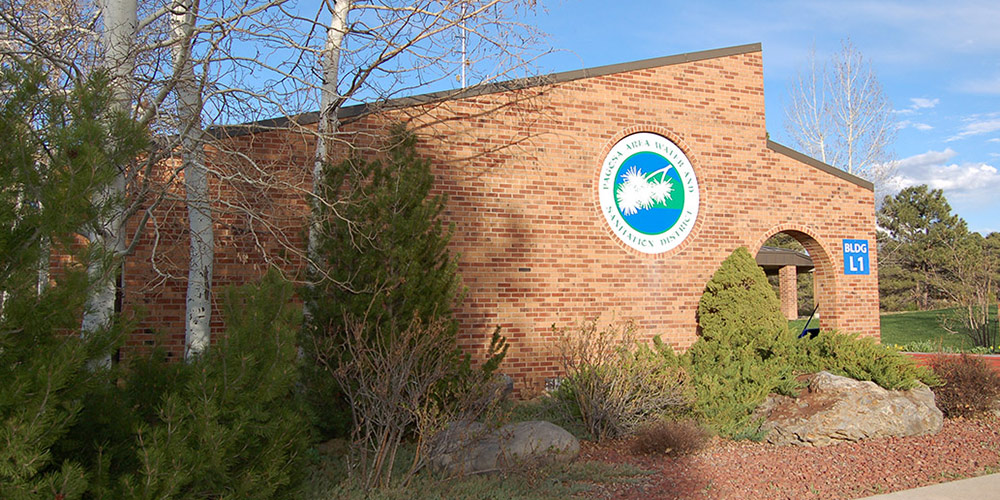It’s not a simple matter to work together as a community. It’s much simpler to simply crown a King, or Queen, and allow one person to make all the crucial government decisions.
Currently, here in Pagosa Springs, we have carefully avoided appointing a King or Queen, so the politics sometimes seem messy and disorganized. Two steps forward, three steps back. That kind of thing. This pattern is especially apparent, perhaps, when discussing growth, and economic development. A Daily Post reader wrote to us yesterday, concerning “urban blight”:
“There is nothing that resembles “URBAN” about Pagosa Springs. Pagosa is a mountain town, thus a RURAL community, not a city… There is no BLIGHT in the Pagosa area of the Springs Resort…
“One can safely say that Pagosa Springs is undeveloped or underdeveloped, sure. And also that most or many like it that way. Yet the concepts of blighted community and underdeveloped community are not interchangeable. ‘Blight’ seems to refer to a decay in structures that were developed or built in the past. Underdevelopment or non-development implies lack of structures. Semantical differences herein are important. In this context, Pagosa Springs would not qualify for any URBAN renewal or development due to its rural nature – if adhering literally to such legal definitions…
As mentioned, things often get messy in a democracy. Just ask President Donald Trump.
I notice that this morning’s issue of the weekly Pagosa Springs SUN dedicated more than three pages of its news section to various articles about the Town government’s controversial new Urban Renewal Authority. In particular, the articles — written by reporters Randi Pierce, Chris Mannara and John Finefrock — addressed actions taken by several government entities in response to the current structure of the Authority.
When the Town Council approved Resolution 2019-18 on November 5, they defined the URA board as including all seven Town Council members, plus four additional members — one from the County government, one from the School District, one appointed by the Mayor, and one representing all six of the special districts in the community. According to statements made by Town Attorney Bob Cole and calculations submitted to the Town by Texas-based developer David Dronet, it appears that the Town government itself would contribute less than 3 percent of the Tax Increment Financing for a future URA project like the proposed Springs Resort expansion, while the various other districts would contribute the lion’s share of tax incentives.
In other words, the governments contributing the most tax incentive money would have the least representation on the URA board, if the Town moves ahead with the current resolution language.
The Town Council is scheduled to meet tonight, Thursday, December 19, at 5pm, and one of the items on the agenda is a discussion about changing the composition of the URA’s governing board. I’m not clear if the public will be invited to participate in that discussion.
Here’s a chart I created a couple of weeks ago, that’s been shared with the Town and with some of the special districts. The Town’s TIF contribution, to a project like the Springs Resort expansion, is shown in yellow.

In response to the proposed URA board structure, the special district known as the San Juan Water Conservancy District (SJWCD) voted unanimously, on December 4, to send a letter to the Town requesting broader representation for the special district. The SJWCD letter, written by the district’s President John Porco, reads in part:
“… the Town’s tax revenue commitment would be very small compared to the other taxing districts. The school district would have the greatest share of funding, so it is appropriate that they have their own representative on the URA Board. However, the other six taxing districts would also have a much larger collective share of the financing than the Town. Thus, we conclude that those Districts should have a larger share of the seats on the URA Board.
“It is our impression that most of the Special Districts represented at the November 25 work session agree with this conclusion …
“…we request that the Town Council expeditiously ‘go back to the drawing board’ and reexamine the distribution of seats on the URA Board, perhaps considering a 13-member Board.”
At the same December 4 meeting, the SJWCD board agreed to discuss hiring legal representation, possibly in coordination with the Pagosa Area Water and Sanitation District (PAWSD) — another special district that has likewise voted unanimously to ask the Town to reconsider the composition of the the URA commission. In today’s SUN article about the actions taken by the PAWSD board last week, reporter Chris Mannara quoted PAWSD District Manager Justin Ramsey summarizing the feeling of his board of directors.
“What they really want, is to have a meeting with the town, with the districts and have the districts and the town together to put together the format of the board, likely leading to more taxing entities on that board,” he said. “Basically, they want to have a sit-down meeting and come up with how we build the board. If it stays the same, I guess that’s OK, if they can really justify it; I don’t think they can. But they want to have a big meeting and develop the board together, with everybody involved.”

Additionally, the Upper San Juan Library District board voted unanimously to echo the sentiments of the SJWCD board in their own letter to the Town Council.
The Southwestern Water Conservation District appointed Pagosa businessman JR Ford to represent SWWCD in negotiations with the Town concerning the URA. At a November 25 meeting between the Town and the special districts, Mr. Ford was one of the more outspoken critics of the limited special district representation proposed in Resolution 2019-18.
The URA scheme was likewise questioned at the December 10 Archuleta School District board meeting. According to the chart above, showing legally allowed TIF revenues, the School District would provide the largest share of future tax revenues. Town Manager Andrea Phillips attended the meeting to encourage the School Board to participate in the URA commission, as required by CRS 31-25. That requirement is related to the fact that a municipal government can legally attempt to force their school district to contribute a certain amount of TIF revenues to future URA projects.
At the conclusion of the School Board meeting, Ms. Phillips hedged her bets slightly… (according to reporting by SUN reporter Chris Mannara):
Later in the meeting, Phillips explained that the town felt like it needed to take a step back and set the foundation of the URA commission.
“All of those questions about a particular project will be answered, trust me. We want to bring in experts and have those same discussions and really delve into those details,” she said. “The URA authority is really an umbrella organization. It’s responsible for other potential projects that could come forward. There’s still a lot of details that we want to take a look at.”
We note here that an Urban Renewal Authority doesn’t dissolve after funding a single economic development project. A municipal URA can theoretically create dozens of TIF-funded projects, and can theoretically drain future taxes from every special district for practically any development that happens to come along… far, far into the foreseeable future.

